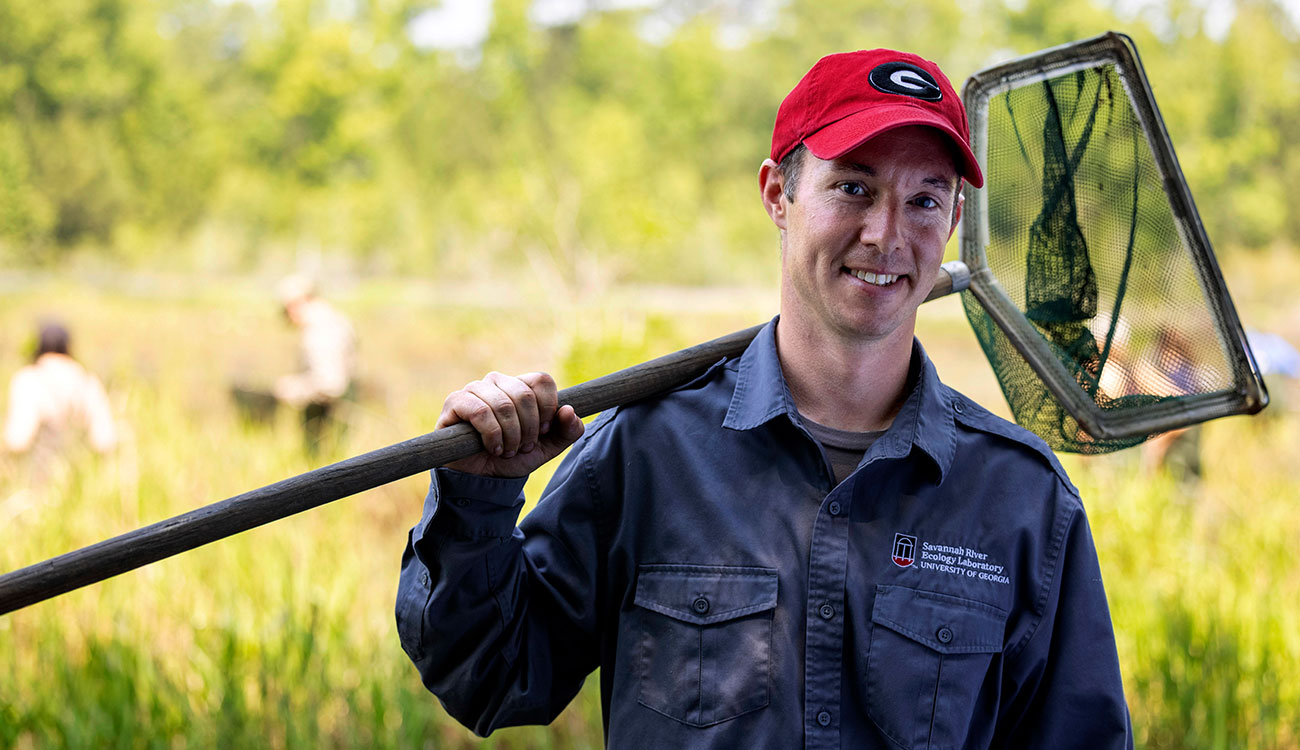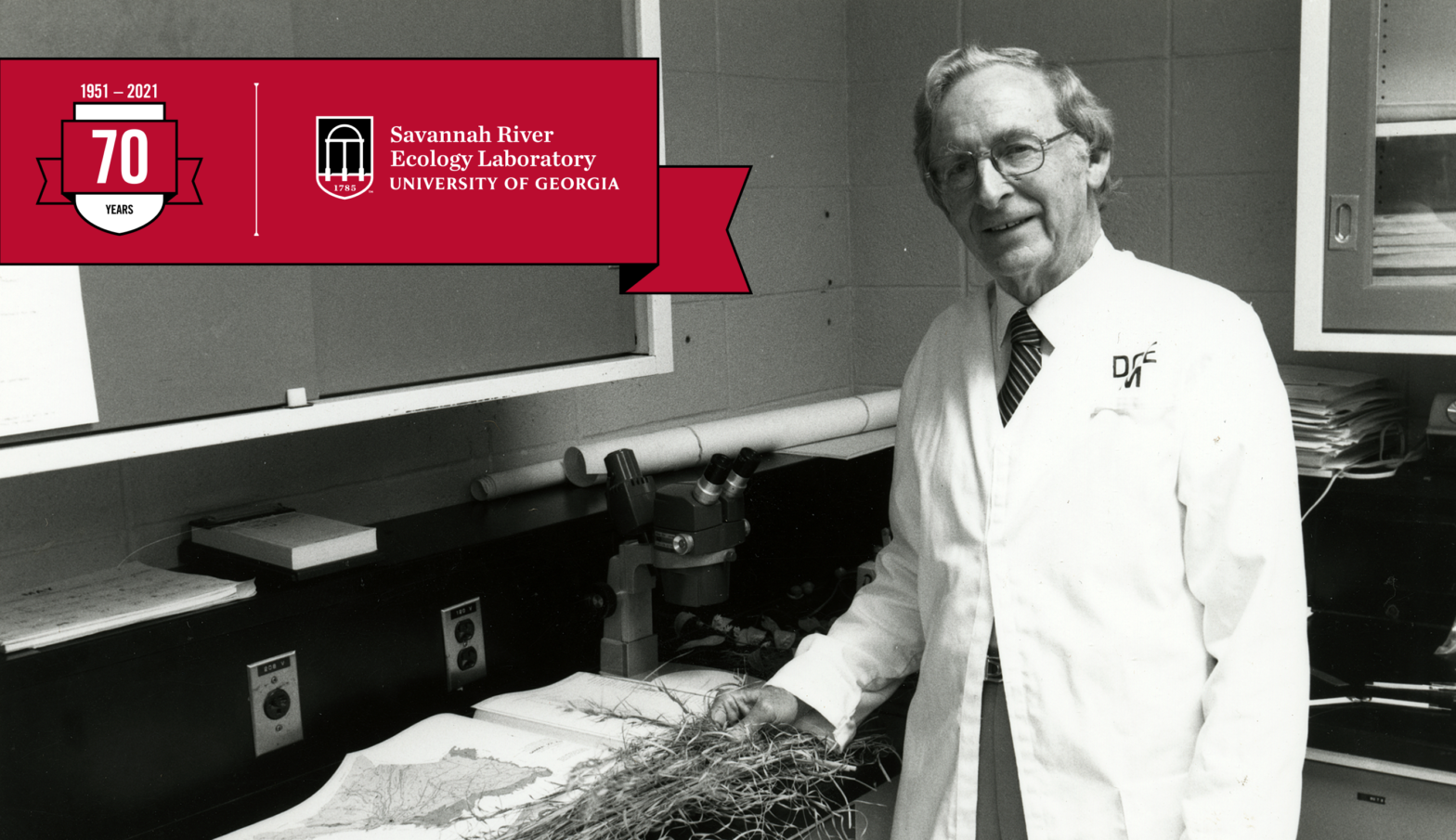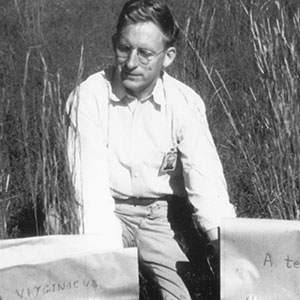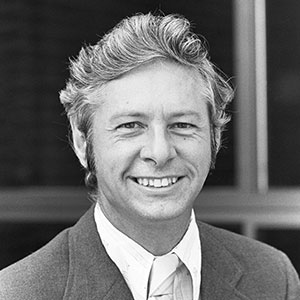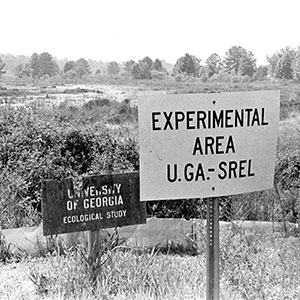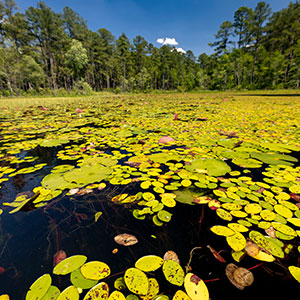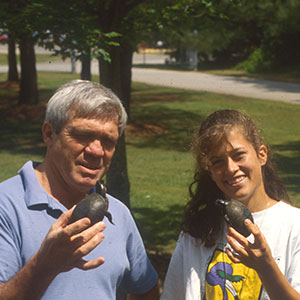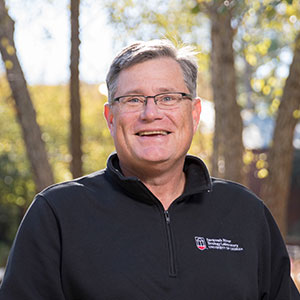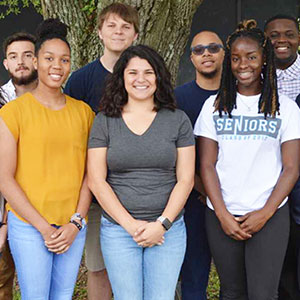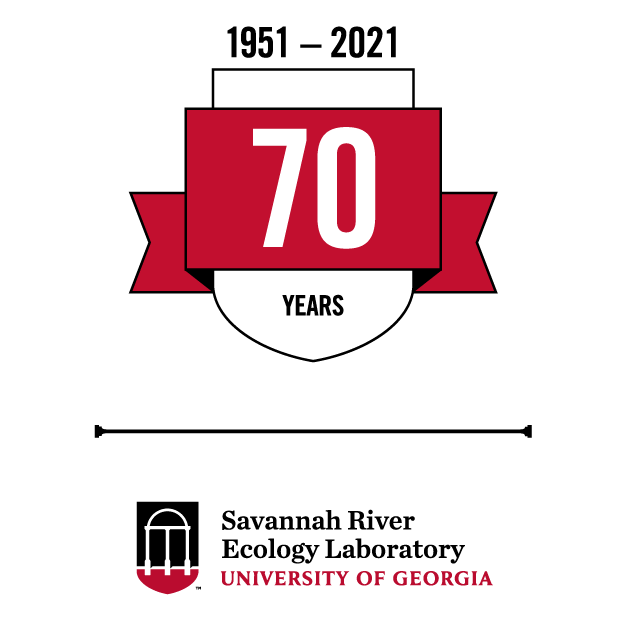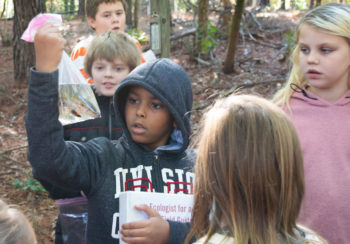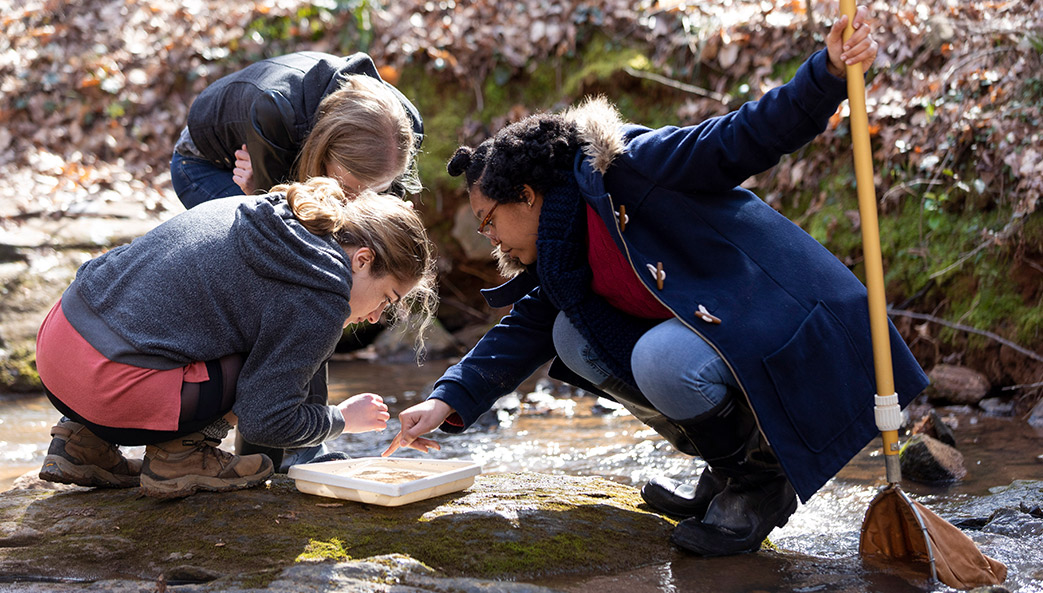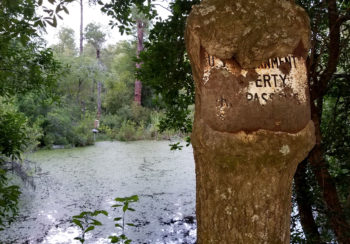Seven decades ago, Eugene Odum had a vision. A University of Georgia ecologist, Odum aimed to train a cadre of young scientists to monitor and repair environmental problems created by modern atomic industry. He and his colleagues would eventually build that vision into a globally recognized institute of ecological research and education at a nuclear facility built near Aiken, South Carolina.
On its 70th anniversary, the Savannah River Ecology Laboratory (SREL) celebrates its legacy as one of the nation’s few large-scale experimental labs where environmental observations of a nuclear-active site have been conducted without interruption for decades and where researchers have made their findings available to the public.
The SREL is embedded within the security boundaries of the Savannah River Site (SRS), a U.S. Department of Energy (DOE) nuclear complex. Although some local people have called SRS the “bomb plant,” bombs were never built there. Instead, reactors produced tritium and plutonium, which are crucial ingredients in hydrogen weapons. Those reactors are long decommissioned, but SRS continues to handle and process radioactive waste and other tasks for national defense and nuclear security.
DOE and its contractors manage 10% of the SRS’s 310 square miles for industrial activities. The remaining lands are managed as a buffer area by the U.S. Forest Service for timber, forest products and wildlife and by SREL as an environmental laboratory and educational resource.
Hundreds of scientists in disciplines ranging from archaeology to zoology have conducted research at SREL, but the laboratory’s primary focus has been radionuclides and other contaminants from nuclear activities.
“We have an unusual role,” said Gene Rhodes, director of SREL and UGA Athletic Association Professor in applied ecology in the Odum School of Ecology. “The SREL is an independent scientific observer, allowing the general public, especially in neighboring communities, to view the effects of past and current missions of the DOE on the environment. We have valuable scientific expertise to understand how contaminants such as radionuclides and metals move in the environment and pose potential risk to ecosystems and the species that live here. At the same time, we are a university partner on the site, assisting DOE with risk assessment and remediation of its operations.”
“We have an unusual role. The SREL is an independent scientific observer, allowing the general public, especially in neighboring communities, to view the effects of past and current missions of the DOE on the environment … At the same time, we are a university partner on the site, assisting DOE with risk assessment and remediation of its operations.”
– Gene Rhodes, director of SREL and UGA Athletic Association Professor in applied ecology in the Odum School of Ecology
Photo by Peter Frey
In 1950, the United States Department of Energy (then the U.S. Atomic Energy Commission or AEC) began purchasing land—farms, forests and small towns—in rural South Carolina’s Aiken and Barnwell counties to build nuclear reactors. About 7,000 residents and several churches and cemeteries were relocated from the site.
Odum would become an internationally renowned ecologist. But he was still in mid-career in 1951 when he asked the AEC for a $150,000 grant to undertake a complex set of population and radioecology studies at SRS. Odum planned to use radiotracers and other newly applied tools of the atomic era to measure and model food webs more precisely and learn more about radiation’s effects on organisms and ecosystems.
Odum’s project, however, was funded with $10,000 a year for a baseline biological inventory of abandoned farm fields and other areas and a research team of three graduate students. Even so, this inventory was the first contribution to what became a vast storehouse of long-term datasets on habitats and populations, including threatened and endangered species.
At the interface of two major geological forms—the Coastal Plain and the Piedmont—and with the Savannah River as its western boundary, the SRS contains some of the richest ecological diversity in the U.S. Southeast. SREL manages 30 set-asides at SRS that preserve representative samples of all major biological communities. There are relatively undisturbed set-asides of bottomland hardwoods, pine forests, upland hardwoods, sandhills, blackwater streams and isolated wetlands.
The set-asides serve as representative or “control” environments for comparison when scientists repair or remediate contaminated areas. “You can’t know whether you’ve cleaned a contaminated site to natural conditions unless you know what natural conditions actually are,” said Whit Gibbons, professor emeritus of ecology at UGA and senior research ecologist at SREL.
70 years of science at the Savannah River Ecology Laboratory
Use the arrows to navigate through the timeline.

Global spotlight
Over its history, SREL scientists and graduate students have published about 3,700 peer-reviewed scientific papers in disciplines such as radioecology, terrestrial and aquatic ecology, environmental chemistry, molecular ecology and genetics, microbial ecology, ecotoxicology and others.
Today SREL is a powerhouse of research productivity and visibility. “We are about 90% externally funded, our 14 faculty publish well over 100 papers a year, and we have over 60 graduate students involved with faculty,” said Rhodes.
The laboratory’s reputation depends on its independence to publish research findings without interference. “The people and community around the site value its findings on studies conducted here,” said Angelia Holmes, assistant manager of the DOE-Savannah River Office of Infrastructure & Environmental Stewardship. “The community views SREL as an independent voice. We do not impede or influence at all any of the studies that they conduct.”
The laboratory attracted a scientific spotlight with its “thermal ecology” research program in the 1970s. The DOE pumped water out of the Savannah River to cool SRS nuclear reactors, and then the heated water was discharged into streams, swamps, reservoirs and the river. The federal government declassified water temperature data at nuclear reservations, offering SREL scientists an opportunity to study how ecosystems were affected by these discharges. SREL conducted two international thermal ecology conferences that attracted scientists, particularly from Europe, with concerns about heated-water discharges. Scientists eventually concluded that thermal effects on biological systems were relatively localized if managed. These findings subsequently guided industry decisions about where some nuclear reactors would be located.
In the 1980s and 1990s, SREL ramped up studies of radionuclides and other contaminants produced or released at SRS and their effects on a variety of organisms and ecosystems. Remediation and restoration methods became a core objective as new techniques were tested on SRS sites affected by metals, organics and radionuclides.
“When government agencies take land into federal stewardship as they did at SRS 70 years ago, they have responsibilities to leave the land better than they found it or at least as well as they found it,” said Rhodes. “An important part of SREL’s role is to study the environment and to learn if it’s still healthy and functioning as it’s supposed to. But our research is much more holistic than simply addressing the environmental impacts of radionuclides and other contaminants. We also evaluate impacts of construction footprints such as parking lots and roads and many other industrial activities and natural resource management choices that affect the land that’s held in government trust.”
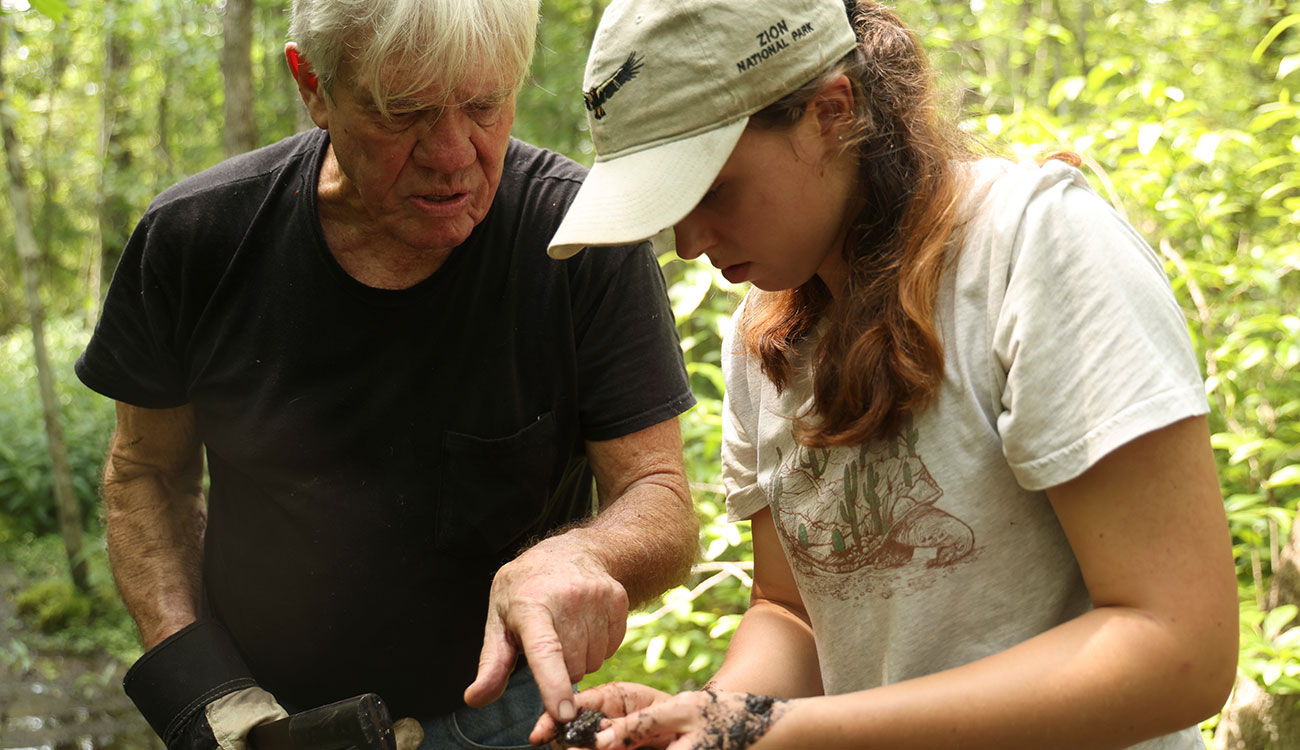
Undergraduate and graduate education
Graduate students have found uniquely accessible research sites and a welcoming scientific culture at SREL. More than 200 doctoral dissertations have been based on studies conducted there.
“I learned at SREL how to bring other researchers into my projects and build productive collaborations,” said Erin Abernathy, a postdoctoral scholar at Florida International University in Miami. She completed her M.S. in ecology in 2015 at SREL/UGA and Ph.D. in integrative biology in 2020 at Oregon State University. “We would help one another with fieldwork, with papers that we write, and with thinking about fresh angles to understand data. I’m still developing research papers from data collected years ago during my time at SREL and collaborations that I developed there.”
Tracey Tuberville, a senior research scientist and ecologist at UGA, found her calling when she studied at SREL for an undergraduate summer research program in 1993. “We were documenting mud turtles at a long-term set-aside,” she said. “We’d take marked turtles back to the lab and see their history. I was just blown away when I saw that two of my mud turtles had been marked by Whit Gibbons in 1967, which is before I was born.”
Tuberville witnessed scientific opportunities she didn’t know existed. “I realized that there are people who make a career out of doing fieldwork and research,” she said. “At SREL, you might have the opportunity to study one system or a few systems long enough to learn fascinating things you wouldn’t otherwise know. You could study the effects of climate change or just unusual events such as droughts instead of studying brief snapshots over one or two years. That’s one of SREL’s strengths.”
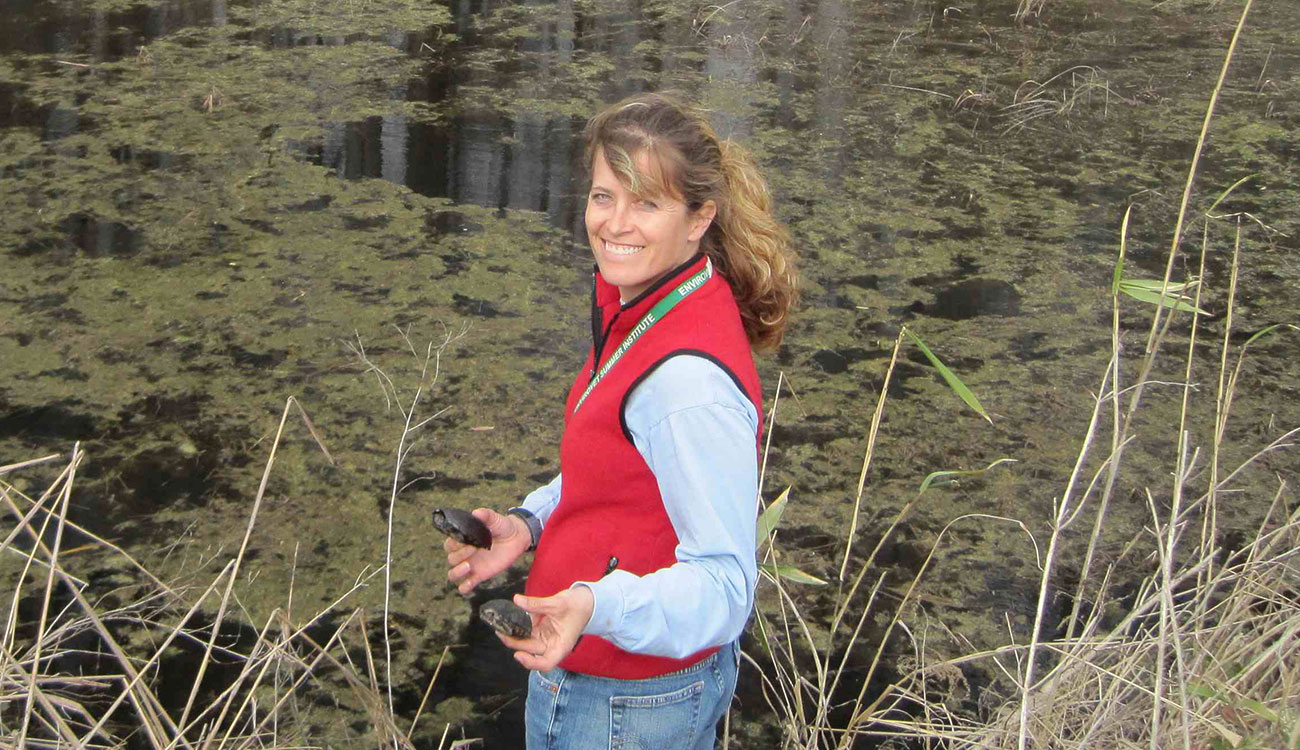
Public education and outreach
In the 1970s, a few SREL scientists were taking an important message to the public. “We went out and explained why we do research at SRS,” said Gibbons. “More people started to learn about our lab this way.”
But the laboratory’s outreach efforts lacked a budget. In the 1990s, supported by DOE funding, Gibbons founded the SREL Environmental Outreach and Education Program, which he directed until 2015. The program provides educational programming and hands-on events and other experiences on wildlife ecology and environmental impacts of SRS activity for K-12 schools, community organizations and the wider public.
“No matter how important our research is, we should have this conduit of information so that the public can understand our work,” said Gibbons.
During its busiest pre-pandemic seasons, SREL staff participated in as many six or seven events per day. SREL educators annually reached more than 60,000 individuals in about 500 events.
“The Savannah River Site is one of the richest places in the Southeast for species diversity, and there has been continuous improvement in stewardship,” said P.J. Perea, SREL public relations and outreach program manager. “We want people to know that.”
The traditional core of the program is “show and tell” sessions, introducing local live animals, plants and insects—plus principles of ecology—not only to children on field trips and school visits, but also to adults at public events.
“The Savannah River Site has been such a huge part of our community,” said Sarah Walton, a first-grade teacher at Millbrook Elementary School in Aiken County. “One of my main priorities each year is having an SREL field trip because it’s a huge advantage for our students to have that learning experience in a unique facility right at our doorstep. SREL educators also come out to the community, bringing animals that we can see firsthand, and telling us about the different habitats and why it’s so important to take care of what they need.”
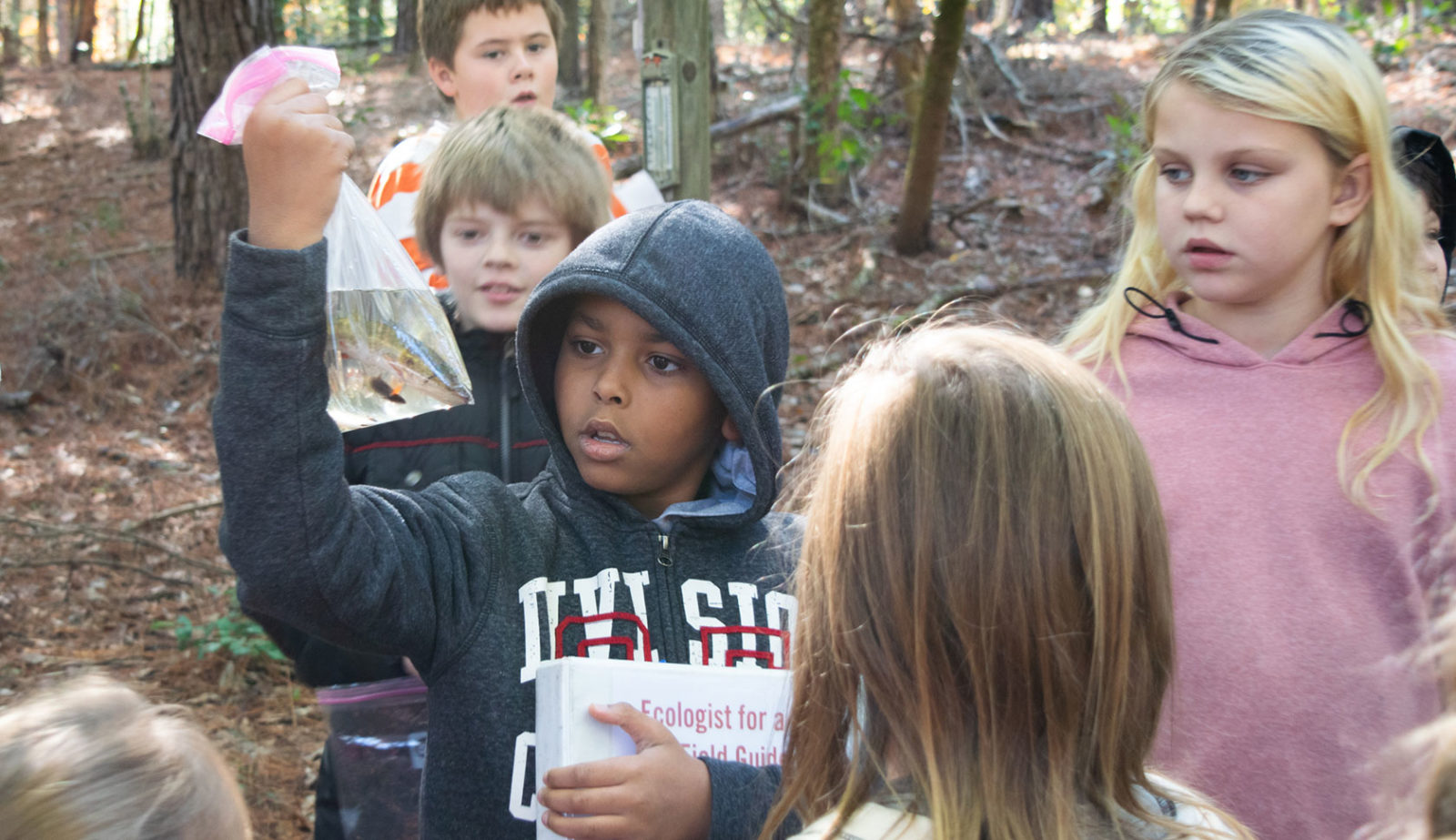
International impact and legacy
When other regions or nations ask for aid in solving environmental challenges, SREL scientists step up.
SREL scientists have reported surprisingly positive news from some severely contaminated nuclear accident sites. James Beasley, a wildlife ecologist at UGA, and his colleagues were the first team to assess populations of larger mammals in the Fukushima Exclusion Zone. Beasley found that removing people from the area had allowed some mammal populations to rebound.
“Certain species that damage crops—wild boar and Japanese macaques, which are a species of monkey—are more abundant in the evacuated areas than in the nearby areas that were never evacuated. At least from a population perspective, we’ve been able to demonstrate that a lot of these mammalian species are doing quite well.”
These findings reflect similar observations Beasley’s team and others have made for large mammals in Chernobyl, which ultimately can aid in development of conservation and management strategies for wildlife in abandoned contaminated lands.
Closer to home, SREL scientists often share their expertise on managing threatened and endangered species. Tuberville and her colleagues have developed effective techniques for achieving recovery of threatened wildlife populations. One tool is translocation. Tuberville and her team have reintroduced the threatened gopher tortoise to its native range on protected lands in Georgia and South Carolina. But individual tortoises struggled to settle down in their new homes, attempting return to their previous habitat. So the scientists designed large temporary fencing enclosures for the relocated animals, allowing them to acclimate into unfamiliar habitats.
Several wildlife agencies have sought Tuberville’s guidance in relocating tortoise species and other animals to their native range. “If you can demonstrate good data that an experimental approach has a positive effect, wildlife agencies can use those data as leverage to adopt new conservation measures,” she said.
Even before construction began at SRS in 1951, Eugene Odum recognized an opportunity to use innovative research techniques and principles to understand the impact of modern industrial activities on the environment and repair those impacts. Over recent decades, SREL has developed a wide range of advanced scientific tools and methods while dramatically improving how its research is communicated to the public.
“Our job at SREL is to be puzzle solvers,” said Rhodes. “We aim to understand the ramifications of contamination that has occurred here and protect the health of our environment and the health of the public living in this area. And we want to communicate our results clearly to the public and allow them to see what those impacts are.”
